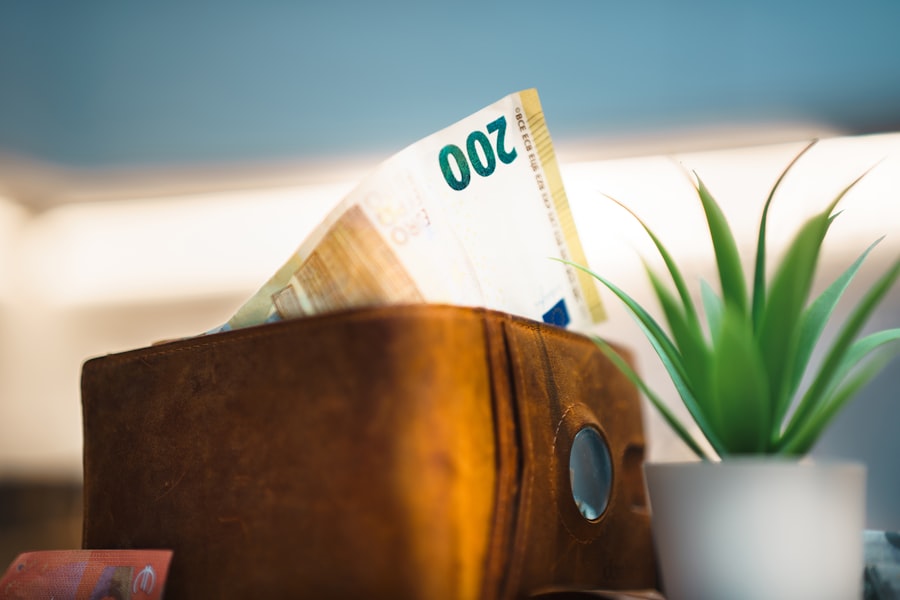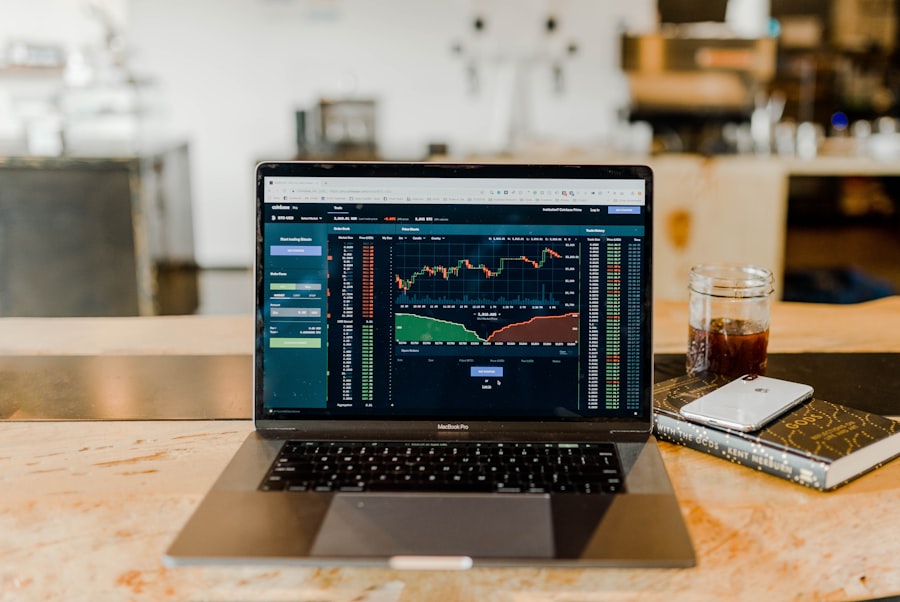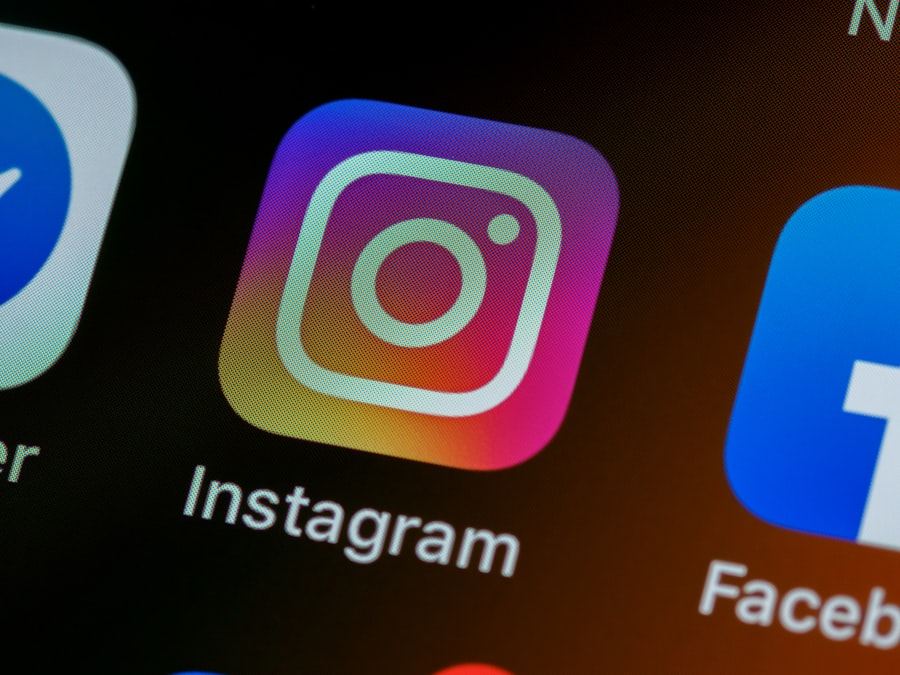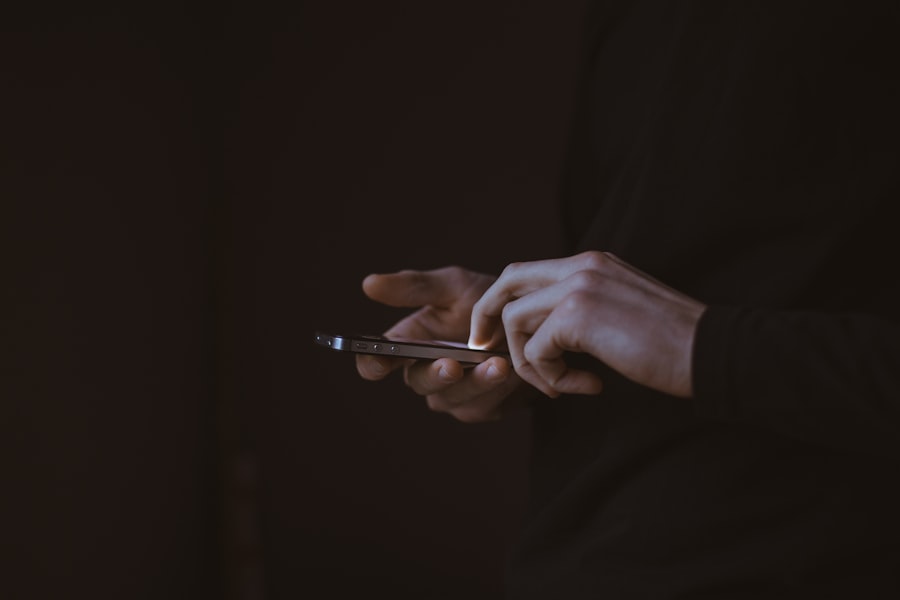In an era where financial literacy is more crucial than ever, budgeting apps have emerged as indispensable tools for managing personal finances. With the proliferation of smartphones, particularly the iPhone, these applications have become increasingly sophisticated, offering users a range of features designed to simplify the budgeting process. The convenience of having a budgeting tool at one’s fingertips allows individuals to track their spending, set financial goals, and ultimately gain control over their financial health.
The integration of technology into personal finance management has transformed how people approach budgeting, making it more accessible and user-friendly. The importance of budgeting cannot be overstated. It serves as a roadmap for financial stability, helping individuals allocate their resources effectively and avoid unnecessary debt.
Budgeting apps cater to various needs and preferences, from those who prefer a hands-on approach to those who want a more automated experience. With numerous options available on the App Store, users can find an app that aligns with their financial goals and lifestyle. This article will delve into some of the most popular budgeting apps for iPhone, exploring their unique features and benefits to help users make informed decisions about their financial management tools.
Key Takeaways
- Budget apps for iPhone can help users effectively manage their finances on the go.
- Mint offers comprehensive budgeting features, including expense tracking and bill management.
- PocketGuard simplifies budgeting by automatically categorizing expenses and tracking income.
- YNAB focuses on effective financial planning by encouraging users to give every dollar a job.
- Goodbudget brings the envelope budgeting method to your pocket, allowing for easy allocation of funds.
Mint: A Comprehensive Budgeting App
Mint stands out as one of the most well-known budgeting apps available for iPhone users. Developed by Intuit, the same company behind TurboTax and QuickBooks, Mint offers a comprehensive suite of features that cater to a wide range of financial needs. One of its most appealing aspects is its ability to aggregate all financial accounts in one place.
Users can link their bank accounts, credit cards, loans, and investment accounts, allowing for a holistic view of their financial situation. This feature not only simplifies tracking but also provides insights into spending habits and areas where users can cut back. The app’s budgeting tools are particularly robust.
Mint allows users to create customized budgets based on their income and spending patterns. It categorizes expenses automatically, making it easy to see where money is going each month. Additionally, Mint provides alerts for bill payments and budget limits, helping users stay on track and avoid late fees or overspending.
The app also offers personalized tips for saving money and improving credit scores, making it a valuable resource for anyone looking to enhance their financial literacy. With its user-friendly interface and extensive features, Mint is an excellent choice for those seeking a comprehensive budgeting solution.
PocketGuard: Simplify Your Budgeting Process

For those who find traditional budgeting methods overwhelming, PocketGuard offers a refreshing alternative that simplifies the process significantly. The app’s primary focus is on helping users understand how much disposable income they have after accounting for bills, goals, and necessities. This “In My Pocket” feature provides a clear picture of what users can spend without jeopardizing their financial stability.
By linking bank accounts and credit cards, PocketGuard automatically categorizes transactions and calculates available funds in real-time. One of the standout features of PocketGuard is its ability to set savings goals. Users can create specific objectives—such as saving for a vacation or building an emergency fund—and the app will track progress toward these goals.
This feature encourages users to prioritize savings while still allowing for discretionary spending. Additionally, PocketGuard offers insights into recurring expenses, helping users identify subscriptions or bills that may be draining their finances unnecessarily. By focusing on what users can spend rather than restricting them with rigid budgets, PocketGuard makes budgeting more approachable and less intimidating.
YNAB: You Need a Budget for Effective Financial Planning
| Metrics | Data |
|---|---|
| Number of Users | Over 5 million |
| Monthly Active Users | Approximately 1.5 million |
| Customer Satisfaction Rate | Above 90% |
| Number of Budget Categories | Customizable up to 100+ |
| Number of Supported Banks | Over 12,000 |
YNAB (You Need a Budget) takes a unique approach to budgeting that emphasizes proactive financial planning rather than reactive management of expenses. The app is built around four fundamental rules designed to help users take control of their money: give every dollar a job, embrace your true expenses, roll with the punches, and age your money. This philosophy encourages users to allocate funds intentionally rather than simply tracking what they have spent after the fact.
One of YNAB’s most powerful features is its ability to help users plan for irregular expenses. Many people struggle with budgeting because they focus solely on monthly bills while neglecting annual or semi-annual expenses like insurance premiums or property taxes. YNAB allows users to set aside money each month for these larger expenses, ensuring they are prepared when the time comes.
The app also fosters a sense of community through its online workshops and forums, where users can share tips and strategies for effective budgeting. With its emphasis on education and proactive planning, YNAB is an excellent choice for those serious about transforming their financial habits.
Goodbudget: The Envelope Budgeting Method in Your Pocket
Goodbudget brings the traditional envelope budgeting method into the digital age, allowing users to allocate funds into virtual envelopes for different spending categories. This method has been popular for decades as it helps individuals visualize their budget and control spending by limiting how much can be spent in each category. Goodbudget allows users to create envelopes for various expenses—such as groceries, entertainment, and transportation—and track spending against these limits.
The app’s simplicity is one of its greatest strengths. Users can easily add transactions to their envelopes and monitor their remaining balances in real-time. Goodbudget also supports syncing across multiple devices, making it easy for couples or families to collaborate on budgeting efforts.
Additionally, the app provides reports that help users analyze spending patterns over time, offering insights into areas where they may need to adjust their budgets. For those who appreciate the envelope method but want the convenience of a digital solution, Goodbudget is an ideal choice.
Wally: Track Your Expenses and Set Savings Goals

Wally is another noteworthy budgeting app that focuses on expense tracking while also allowing users to set savings goals. The app’s intuitive interface makes it easy to log expenses quickly, either by entering them manually or scanning receipts using the iPhone’s camera. This feature is particularly useful for individuals who want to maintain accurate records without spending excessive time on data entry.
Wally also offers a unique feature that allows users to set specific savings goals based on their income and expenses. Users can create goals for various purposes—such as saving for a new car or planning a vacation—and track their progress over time. The app provides insights into spending habits and suggests adjustments to help users reach their goals more effectively.
Additionally, Wally supports multiple currencies, making it an excellent option for travelers or expatriates managing finances in different countries. With its focus on expense tracking and goal-setting, Wally appeals to those who want a straightforward yet effective budgeting solution.
Spendee: Visualize Your Finances with Easy-to-Read Charts
Spendee distinguishes itself with its visually appealing interface that emphasizes data visualization. The app provides users with colorful charts and graphs that make it easy to understand spending patterns at a glance. By categorizing expenses and presenting them in an engaging format, Spendee helps users identify trends and make informed decisions about their finances.
In addition to its visual appeal, Spendee offers robust features for tracking shared expenses among friends or family members. Users can create shared wallets for group activities—such as vacations or events—allowing everyone involved to contribute and track spending collectively. This feature fosters transparency and accountability among group members while simplifying the process of managing shared costs.
Spendee also supports multiple currencies and integrates with bank accounts for automatic transaction tracking, making it versatile for various financial situations. For those who appreciate visual data representation in their budgeting process, Spendee is an excellent choice.
Finding the Right Budget App for Your Needs
Choosing the right budgeting app ultimately depends on individual preferences and financial goals. Each app discussed offers unique features tailored to different approaches to budgeting—whether it’s Mint’s comprehensive overview of finances, PocketGuard’s simplicity in tracking disposable income, YNAB’s proactive planning philosophy, Goodbudget’s envelope method, Wally’s expense tracking capabilities, or Spendee’s visual data representation. As personal finance management continues to evolve with technology, these apps provide valuable resources for individuals seeking to improve their financial literacy and achieve their financial goals.
By exploring the various options available on the iPhone platform, users can find an app that resonates with their needs and empowers them to take control of their financial future effectively.
If you are looking for a good budget app for iPhone, you may want to check out this article on the best budget app for newlyweds. This article provides insights into how couples can effectively manage their finances together using a budget tracker app. It offers tips and recommendations on how to make the most of your money as a couple and achieve your financial goals.





























